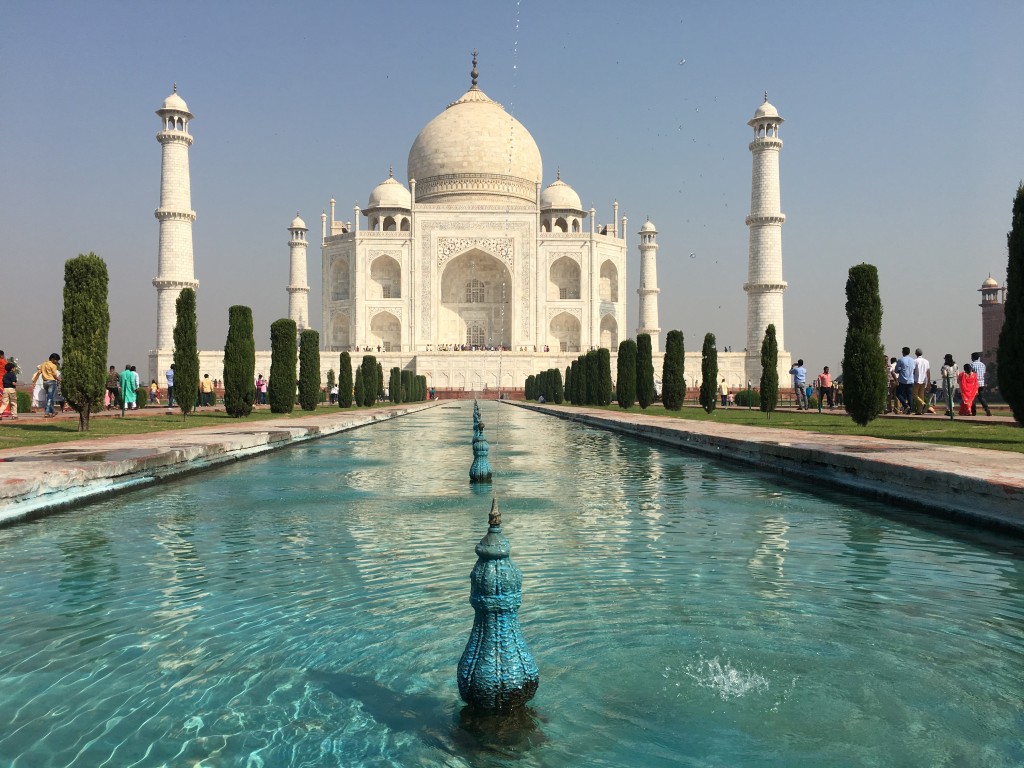We’re back with Happiness: A User Guide, our vlog about happiness. Last time we introduced the ‘PERMA‘ model to understand what brings happiness to our lives: Positive emotions, Engagement, positive Relationships, Meaning, and Accomplishment.
Today, in our second episode, we tackle the P from PERMA: positive emotions. Check the video below.
In the video, we talk about some of our favourite positive emotions, like flow, calm, and hope. What are yours, by the way?.
We also said that we think that people usually can name only about three to five positive emotions like joy, happiness, and love. (The both competitive and brilliant guests that played our 2020 Blue Monday quiz some weeks ago were an exception. All teams listed ten to twenty-five).
What are all these positive emotions, you say? Well, here’s a list put together by Courtney Ackerman at PositivePsychology.com as part of a fascinating article on positive emotions generally. (Thanks for sharing, Courtney! We feel grateful for the possibility to use your list, and hope you feel a sense of altruism.)
- Joy – a sense of elation, happiness, and perhaps even exhilaration, often experienced as a sudden spike due to something good happening.
- Gratitude – a feeling of thankfulness, for something specific or simply all-encompassing, often accompanied by humility and even reverence.
- Serenity – a calm and peaceful feeling of acceptance of oneself.
- Interest – a feeling of curiosity or fascination that demands and captures your attention.
- Hope – a feeling of optimism and anticipation about a positive future.
- Pride – a sense of approval of oneself and pleasure in an achievement, skill, or personal attribute.
- Amusement – a feeling of lighthearted pleasure and enjoyment, often accompanied by smiles and easy laughter.
- Inspiration – feeling engaged, uplifted, and motivated by something you witnessed.
- Awe – an emotion that is evoked when you witness something grand, spectacular, or breathtaking, sparking a sense of overwhelming appreciation.
- Elevation – the feeling you get when you see someone engaging in an act of kindness, generosity, or inner goodness, spurring you to aspire to similar action.
- Altruism – usually referred to as an act of selflessness and generosity towards others, but can also describe the feeling you get from helping others.
- Satisfaction – a sense of pleasure and contentment you get from accomplishing something or fulfilling a need.
- Relief – the feeling of happiness you experience when an uncertain situation turns out for the best, or a negative outcome is avoided.
- Affection – an emotional attachment to someone or something, accompanied by a liking for them and a sense of pleasure in their company.
- Cheerfulness – a feeling of brightness, being upbeat and noticeably happy or chipper; feeling like everything is going your way.
- Surprise (the good kind!) – a sense of delight when someone brings you unexpected happiness or a situation goes even better than you had hoped.
- Confidence – emotion involving a strong sense of self-esteem and belief in yourself; can be specific to a situation or activity, or more universal.
- Admiration – a feeling of warm approval, respect, and appreciation for someone or something.
- Enthusiasm – a sense of excitement, accompanied by motivation and engagement.
- Eagerness – like a less intense form of enthusiasm; a feeling of readiness and excitement for something.
- Euphoria – intense and the all-encompassing sense of joy or happiness, often experienced when something extremely positive and exciting happens.
- Contentment – peaceful, comforting, and low-key sense of happiness and well-being.
- Enjoyment – a feeling of taking pleasure in what is going on around you, especially in situations like a leisure activity or social gathering.
- Optimism – positive and hopeful emotion that encourages you to look forward to a bright future, one in which you believe that things will mostly work out.
- Happiness – a feeling of pleasure and contentment in the way things are going; a general sense of enjoyment of and enthusiasm for life.
- Love – perhaps the strongest of all positive emotions, love is a feeling of deep and enduring affection for someone, along with a willingness to put their needs ahead of your own; it can be directed towards an individual, a group of people, or even all humanity.












